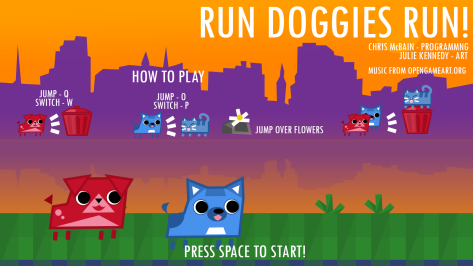
Before commencing further work into the implementation of a suitable method of searching the environment, I decided to build a prototype tileset. The outer loop is built out of many individual tiles – but the NavMesh correctly correctly joins them together (with a few small glitches).
If built in such a way, the tiles would be Unity Prefabs – most importantly containing the required node structure to allow for a grid search. Each ’tile’ or prefab would contain its own container of nodes, therefore allowing a general sweep of each tile before accessing the nodes within.
Current construction does not allow me to fill in the room in the middle correctly – scaling the square tile would be possible, but this would also scale any node structure later included within. I will be looking either to design the tileset a little more carefully, or include a wider range of rectangular sections to fill the gaps.






